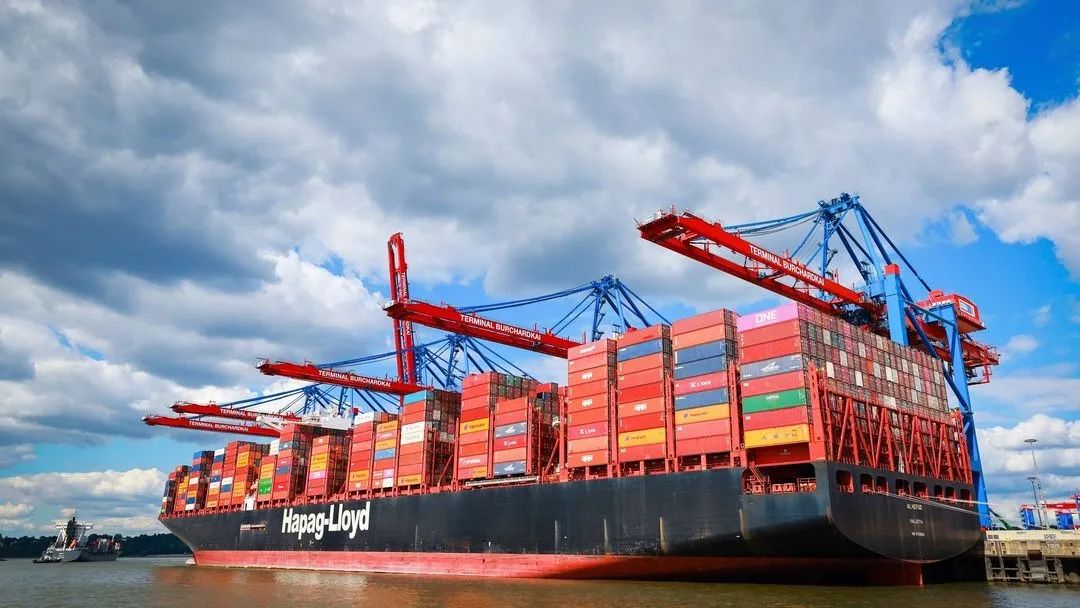How Did the US Route Become Overbooked?
Recently, people engaged in the US shipping industry have been asking the same question: How did the route suddenly become overbooked and witness a surge in prices?
Top 20 Imported Goods from Asia to the US (January-April)
Looking at the overall volume, the first four months of this year witnessed a 14% increase compared to the same period last year and a 15% increase compared to 2019. Although the growth rate slowed slightly in April, with a 4% year-on-year increase, it still marked a 16% increase compared to April 2019. Examining specific categories, there was a noticeable year-on-year growth in furniture and home goods. Comparatively, plastic products, electrical appliances, and auto parts saw rapid growth, while rubber products and toys also performed well. Although apparel experienced a slight year-on-year increase, it faced a double-digit decline compared to 2019.
How to Explain the Double-Digit Growth in Total Volume?
1.One plausible explanation: inventory replenishment. Comparing the US retail inventory-to-sales ratio in February this year to the same period in 2019 reveals that the current ratio is lower across both the entire retail industry and specific categories.
2.An "unconventional" factor also supports the current volume: geopolitical instability and uncertainties surrounding the US election have forced customers to increase safety stock and arrange advanced shipments.

Since last year, the industry has broadly accepted that the basic trend for 2024 is still characterized by supply outstripping demand. Judging from the contracted prices on the US route this year, shipping companies have also accepted this assumption.
The capacity analysis agency LINERLYTICA challenged the above assumption with its latest data in the April 29th issue. By the end of June this year, global container capacity is expected to reach 30 million TEU. By the end of May, the capacity rerouted via South Africa is expected to reach 5 million TEU, accounting for nearly 17% of global capacity. With regional tensions worsening and expanding, this proportion is expected to continue rising. Although nominal capacity will increase by 10% this year, the actual capacity on the four most important east-west routes (Asia to Northern Europe, Asia to the Mediterranean, Asia to the US West Coast, Asia to the US East Coast) will only increase by 3% due to rerouting. On the 33 regional routes worldwide, actual capacity decreased by 4% year-on-year.

In Summary, why is this round of tight space and price hikes so hard to accept and understand? There are several reasons:
1.Timing: May is traditionally a low season, making this sudden tight space and soaring rates hard to understand.
2.Perception varies: Although traditional bulk cargo dominates US shipment volumes, e-commerce customer groups dominate social media traffic. However, e-commerce volume hasn't shown significant improvement.
3.The most affected by this round of price hikes are e-commerce groups: This year, the contracted prices for traditional FOB direct customers are $100-200 higher than last year but several thousand dollars lower than the current market spot rates (FAK). FOB direct customers with low contracted rates don't feel the pain. However, it's a different story for e-commerce customers.

The most pressing question now is: How long will this round of price hikes last?
This largely depends on the two most important variables supporting rates: supply and demand. Capacity-wise, the scale of rerouting may further expand, counteracting the effect of capacity reduction, which is still strengthening. From a demand perspective, this year's inventory replenishment is just beginning after an abnormal "de-inventory" period. Recently, the National Retail Federation raised its forecast for cargo volume growth in the third quarter of this year, predicting high single-digit year-on-year growth will continue until September.










